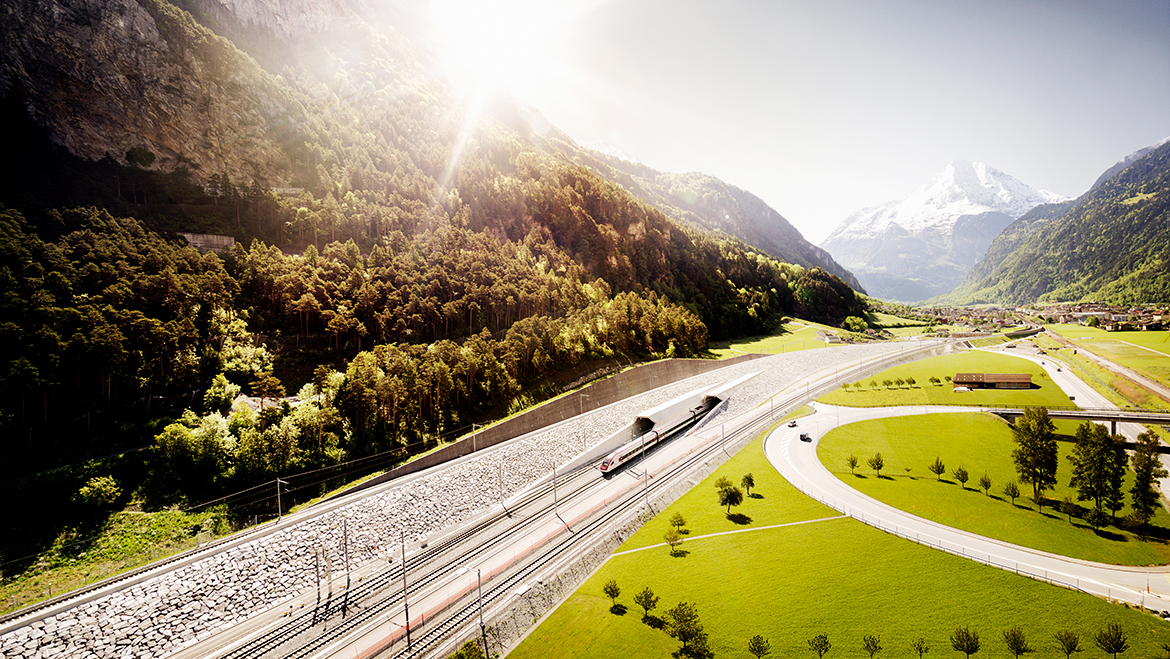A port city on Kodiak Island in Alaska. A remote town in Australia. A Red Cross centre in Kenya. A research station in Antarctica. What all these places have in common is a high level of energy self-sufficiency achieved by means of renewable energy and microgrids supplied by ABB. The company is a bellwether and the market leader in microgrid technology with well over 70 references around the world.
Microgrids are small-scale power networks – or self-contained, local electrical systems that can operate equally well whether or not connected to a central grid. Microgrids often incorporate on-site renewable energy sources like wind and solar, as well as customised battery storage systems.
Solar and wind power were previously seen as marginal and expensive forms of energy generation. They have now become competitive in windy and sunny places. Their growing popularity is down to the associated technologies having become more sophisticated and cheaper.
“Renewable energy can now be generated, decentralised and brought to where there is demand, which is why its use is growing extremely rapidly all over the world. There are several reasons for this. The Western world wants to cut carbon dioxide emissions, and developing countries want to use it to cater for their rapidly growing energy consumption. Often the use of renewable energy is an economical way to generate electricity”, says Matti Vaattovaara, Vice President, Sales, at ABB.
The move from large, centralised power generation units to increasingly decentralised systems is a true energy revolution. Renewable, locally generated energy capacity is expected to more than double, and wind and solar power are expected to account for 50 per cent of all renewable energy by 2040.



